NEWSLETTER
BE FIRST IN LINE FOR OUR NEXT RELEASE.
© 2025 TIPSTER. ALL RIGHTS RESERVED.
NEWSLETTER
BE FIRST IN LINE FOR OUR NEXT RELEASE.
Words by Marcelo Jaimes Lukes
Photography by Sacha Maric
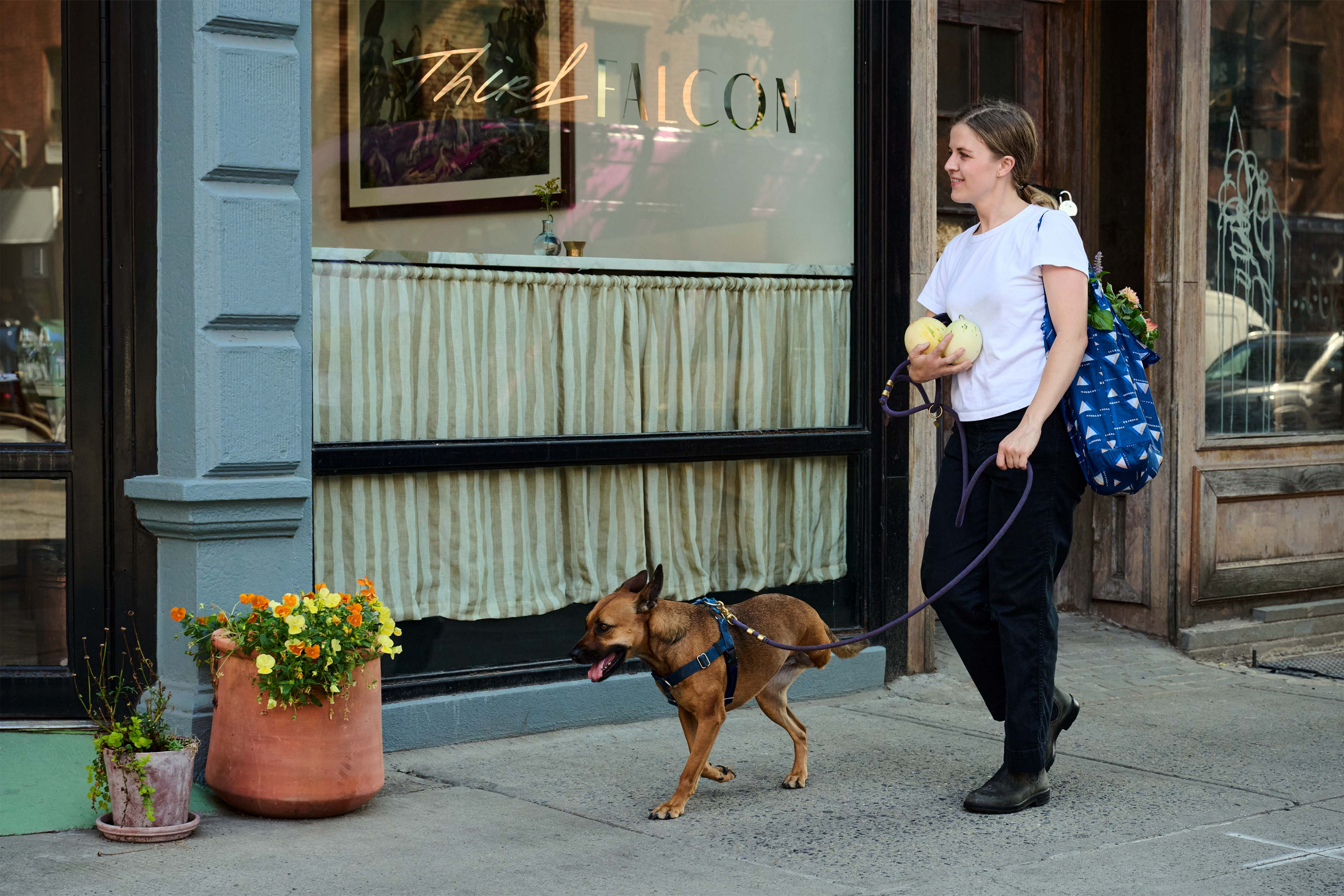
Before I can introduce myself to Chef Cali Faulkner, she hands me a plate of glistening tomatoes and golden-brown toast. “If I’m going to eat, then so are you,” she says with the directness of a head chef speaking to a sous. “The brioche is from yesterday, so I added plenty of butter.”
I don’t protest, but I’ve already had breakfast. I’m really supposed to be interviewing her about life since opening her first restaurant, Third Falcon. I’m meant to inquire about the influences of Normandy and Brittany on her cooking. Above all, I’m here to ask how it feels to land on the New York Times list of the city’s best restaurants.
Instead, I can’t stop eating the tomatoes. “They’re at peak ripeness right now,” Faulkner tells me. “In two days, they’ll be a little bit past that, oozing a sort of tomato water.”
“What’ll you use them for then?” I manage to ask between forkfuls. “All sorts of sauces and stocks. Right now we have a fish dish with wine and tomato water, saffron, and pickling liquid.” I promise to return for that.
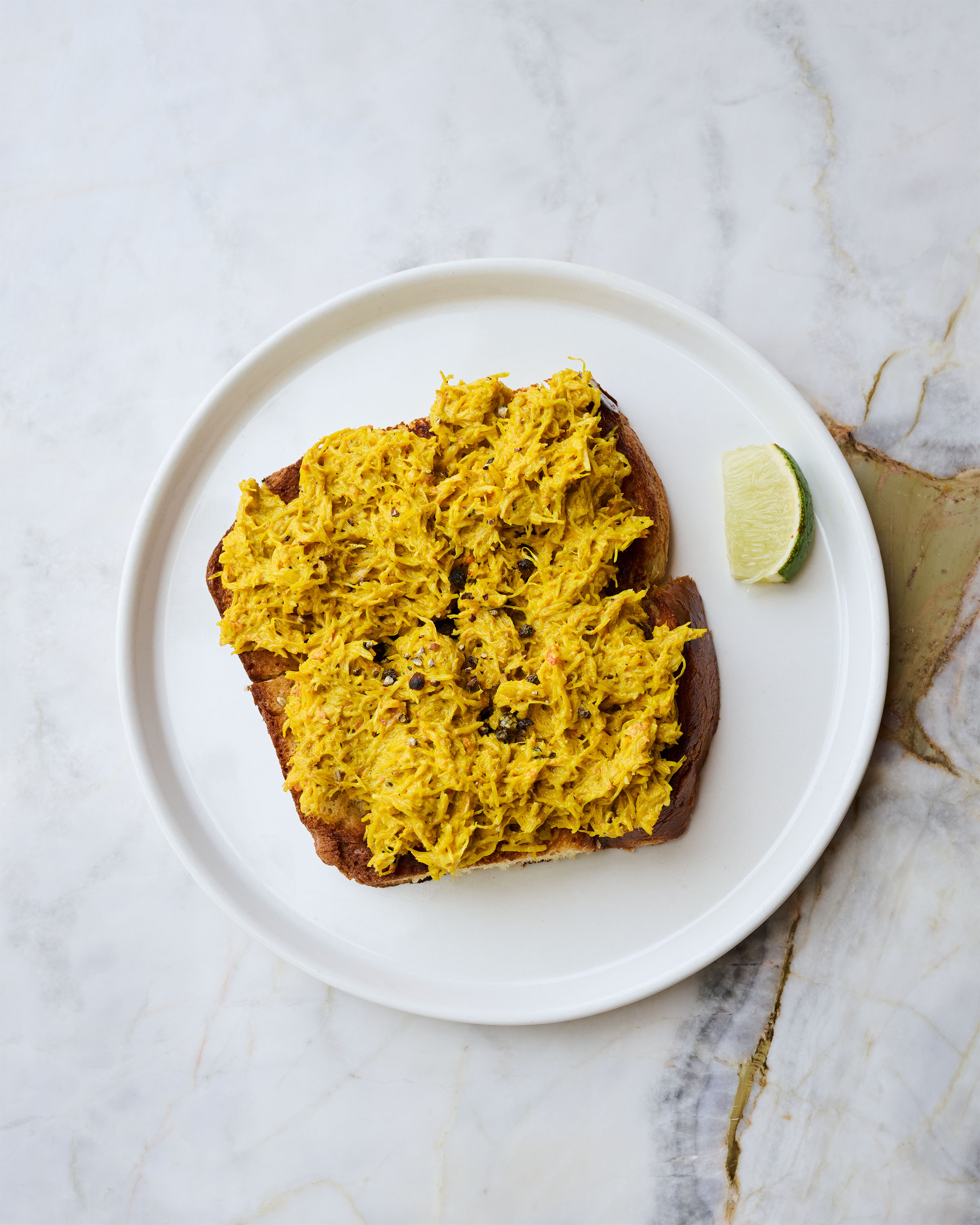
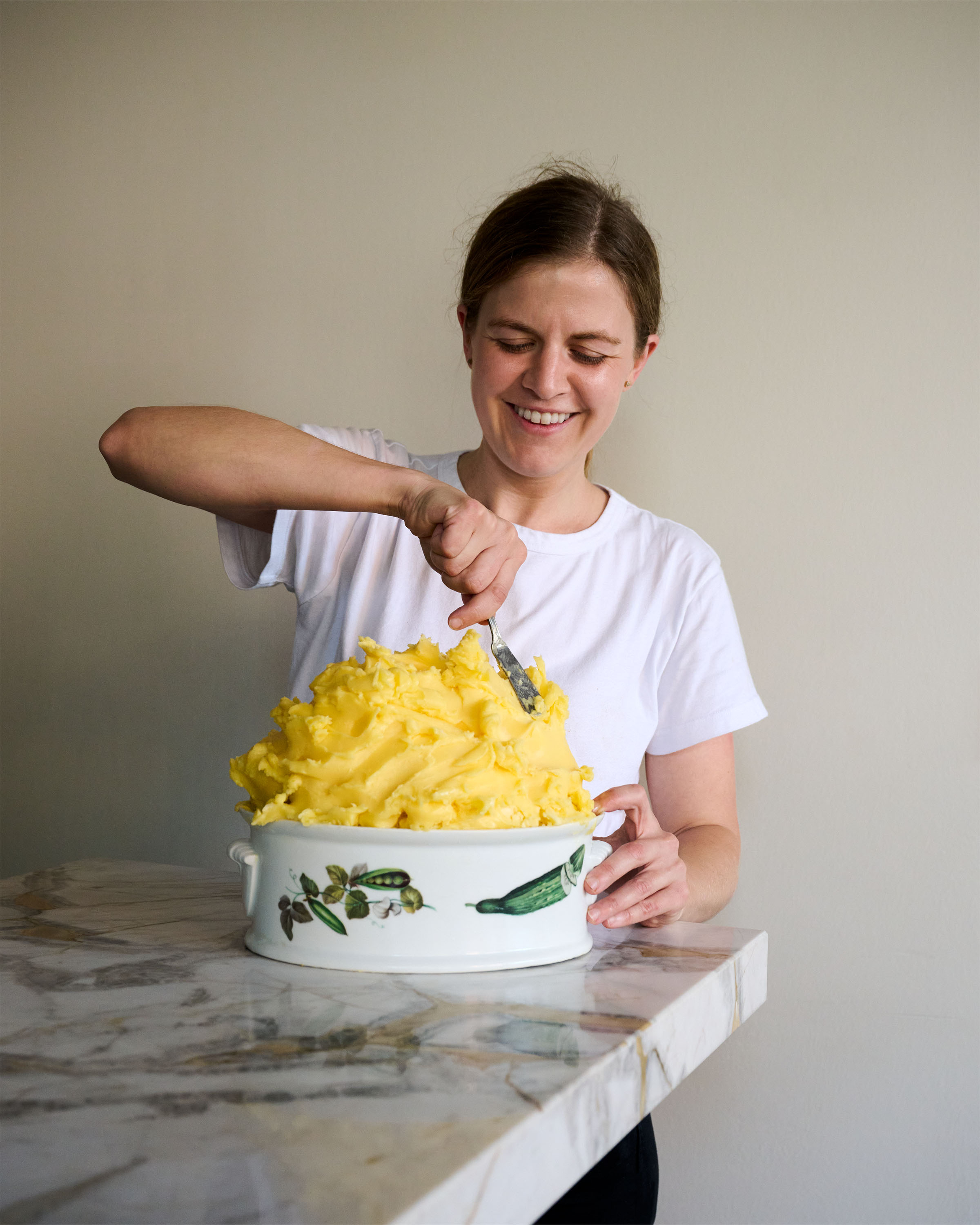
“I want to move past gallettes. I want to push people a little to try French ingredients they haven’t had before.”
CINNAMON AND SEAFOOD
Since opening on the corner of Myrtle and Adelphi, Third Falcon has become the neighborhood darling of Fort Greene. In a city that thinks it’s tried it all, Faulkner has proven otherwise, educating her diners through dishes spiced with Breton and Normande flavors.
“Have you ever had Kari Gosse?” she asks me as I take a bite of a brioche so light it feels like cotton candy. Before I can answer, she saves me the embarrassment.
“It’s a Breton curry spice,” Faulkner explains. “Historically, the French spice trade came through Saint-Malo in Brittany, so the traditional food there incorporates heavy spice—baking spices, vanilla, saffron—things you might not associate with French food. We make our own version and put on seafood.”
She goes on to equate it to the Breton Old Bay, the perfect seasoning for Third Falcon’s generous crab toast, prawns, or mussels. “Before they’ve tried it, some people might say that cinnamon on shellfish is weird. But you have to taste it for yourself.”
Buckwheat, another Northern French staple, gets the same treatment. Faulkner uses the pseudo-grain as a base for a rich sticky toffee pudding, where it adds a nutty, earthy backbone. “I want to move past gallettes. I want to push people a little to ingredients they haven’t had before.” I ask her if the buckwheat is going into anything else. “Oh, it’s always here. I’m making it a secret staple.”
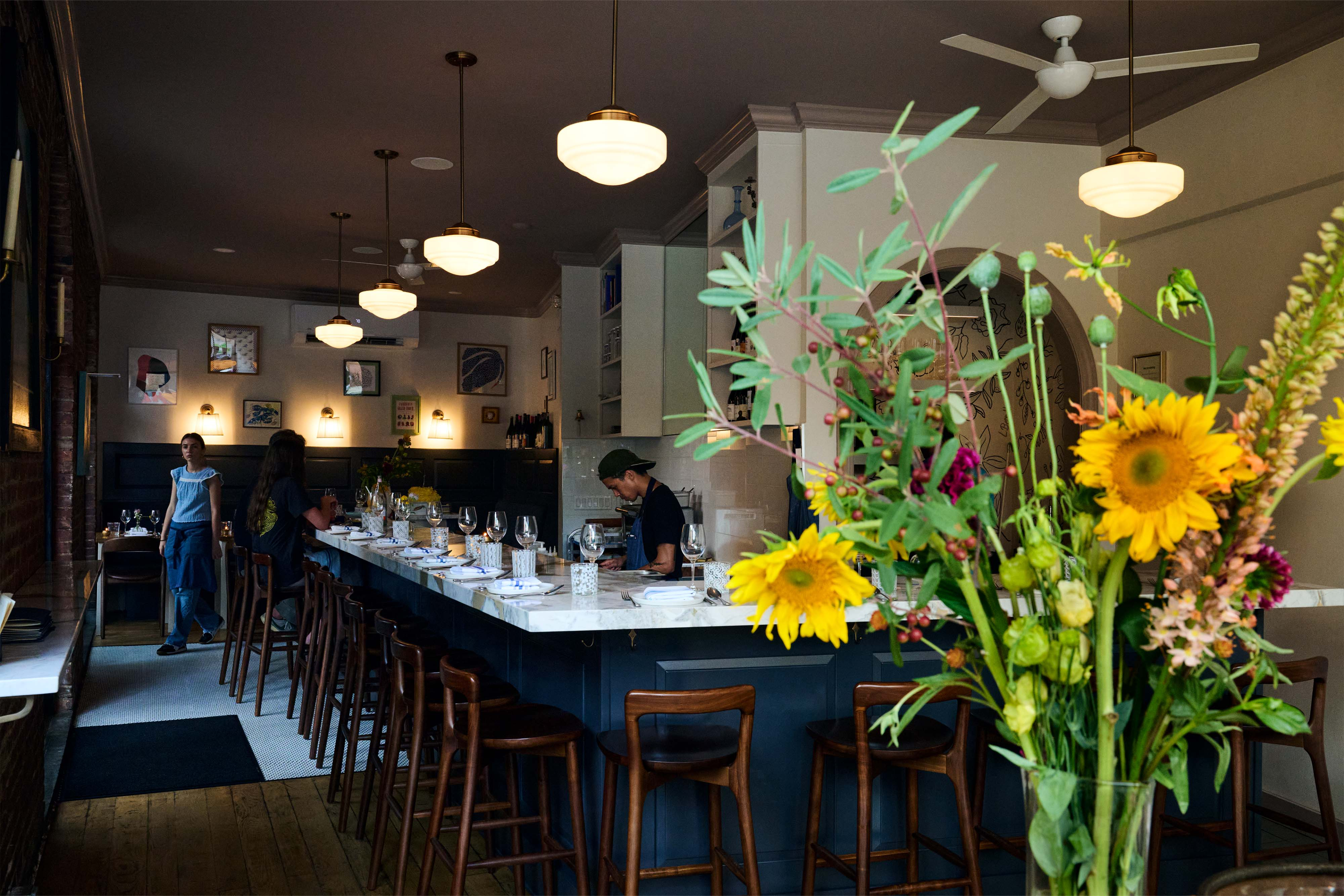
ON THE LINE
Faulkner tells me that Brittany and Normandy changed the way she saw food. While she was working the line at Verjus in Paris’s imperial first arrondissement, she’d take the train out west to the French countryside, savoring the apples, oysters, and—yes, the occasional galette bretonne—on her days off.
Working in France introduced her to a personal, ingredient-focused style of cooking that inspired her to learn. “At Verjus, we’d get everything we were going to cook that evening delivered in the morning. We’d come in, bring it upstairs, and get it ready for dinner service. The next day, we’d do it again.” At the end of the week, there were bottles to finish and cookbooks to thumb through. “It was tactile. It felt personal,” she says.
She explains that the pace of service was the opposite of what she had known in New York. “At Eleven Madison Park, everyone pushed as much as they could on the line every single day. I was peeling a potato as fast as I could for the greatness of the team.” At The Modern, she found mentors, but the scale remained daunting. “In those huge kitchens, everyone had one small thing to do. You’re just a cog in the wheel.” She preferred France, she says. Don’t we all?
She drifted towards smaller settings before moving out to East Hampton during the pandemic to start her own business. “I came up with hundreds of menus out there. Six-course meals—sometimes two in a day. The repetition, the demand you put on yourself to keep growing, that laid the foundation for what we’re doing here.”
As we discuss the challenges and opportunities of Long Island, Faulkner notes that her time out East reminded her of life in France. “There are a lot of similarities between how you eat on Long Island and how you eat in Northern France,” she says. I ask her if she’s implying that the Hamptons feel anything like Normandy, and she doubles down. “It might sound strange, but I saw a lot of overlap. Oysters, cold-water seafood, garden-fresh, simple ingredients. Using what is local here with the same philosophies and inspiration.”
She sits back and chuckles, “Of course, you can’t take the Long Island Rail Road out to Brittany.” I guess the Hamptons will just have to do.
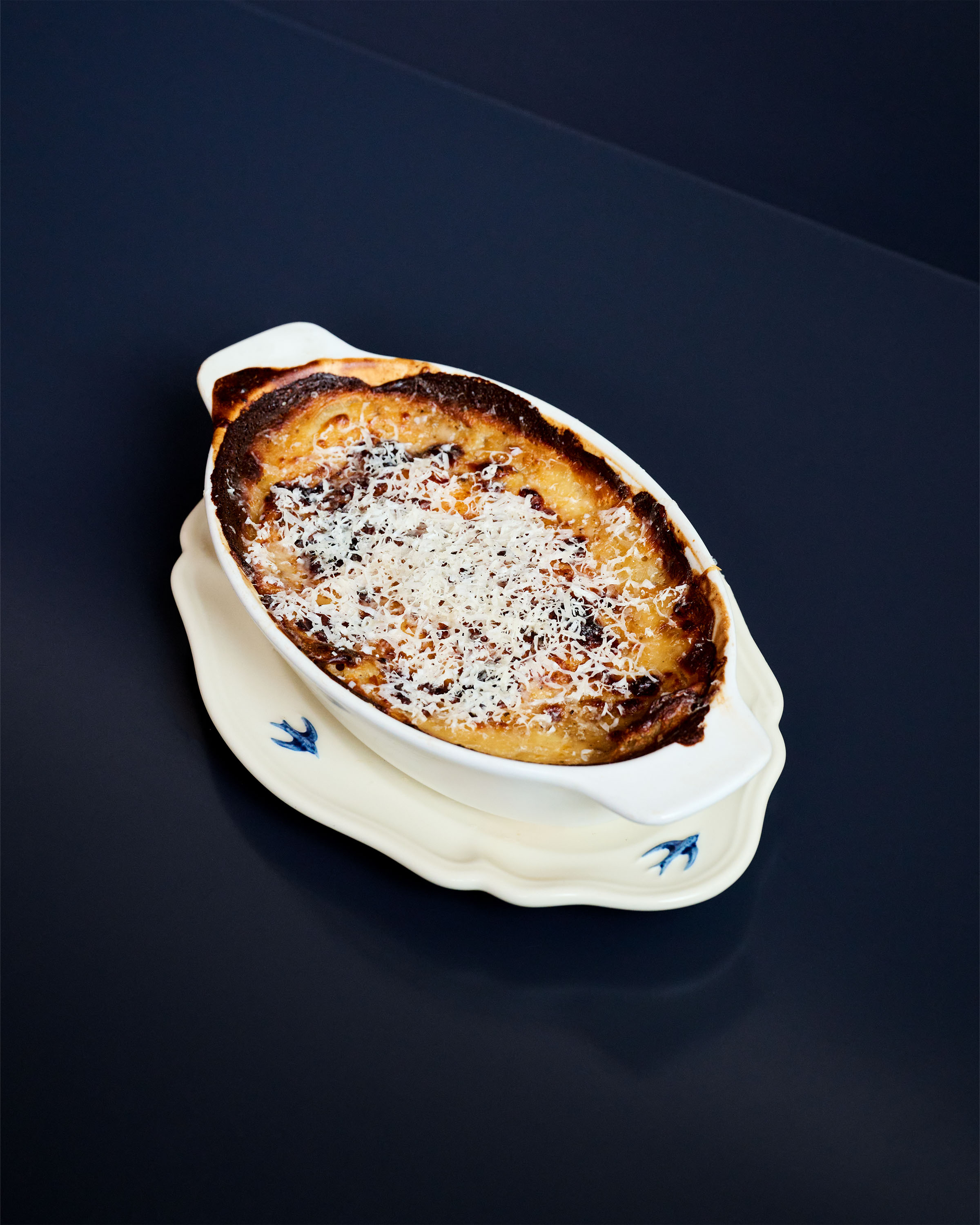
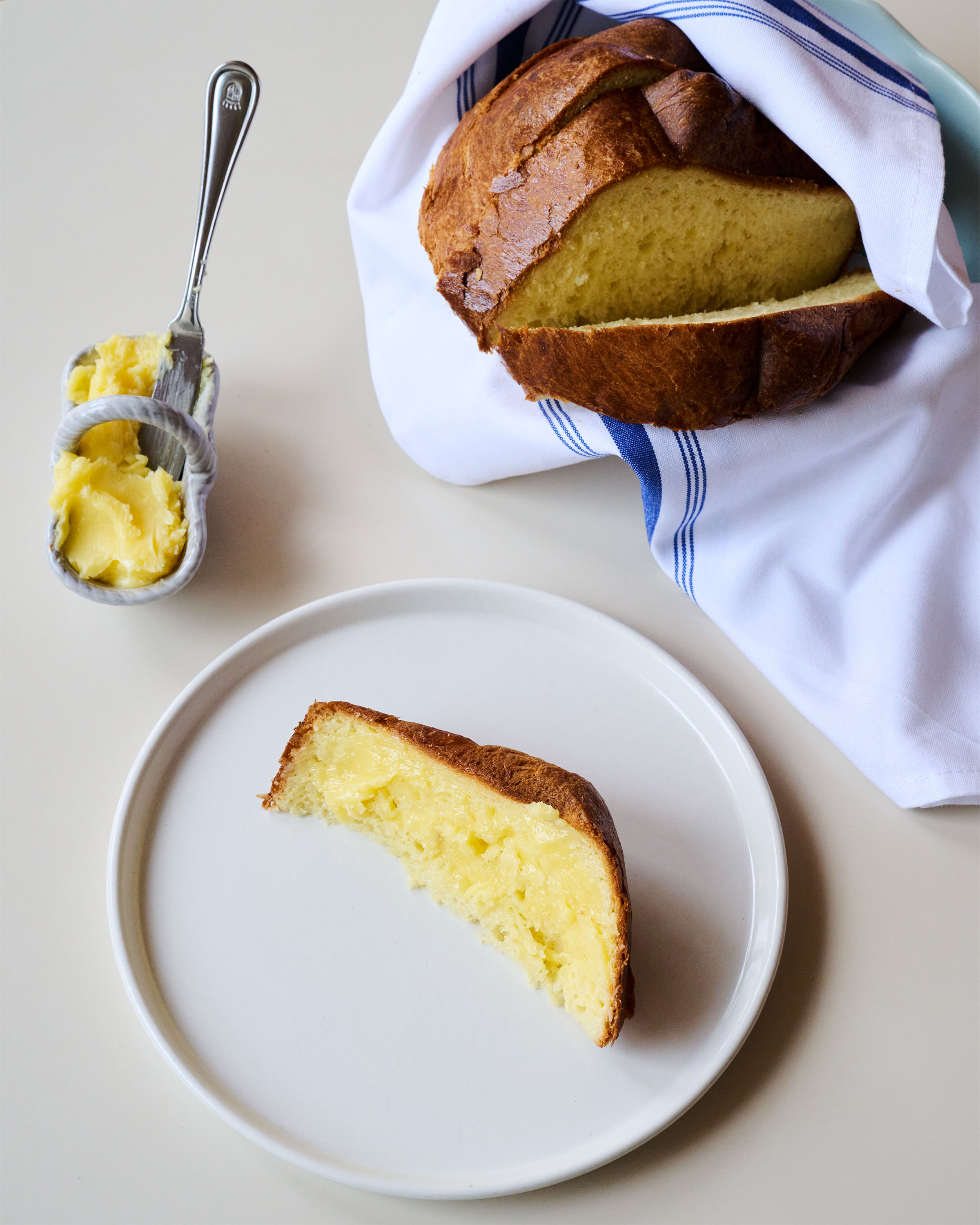
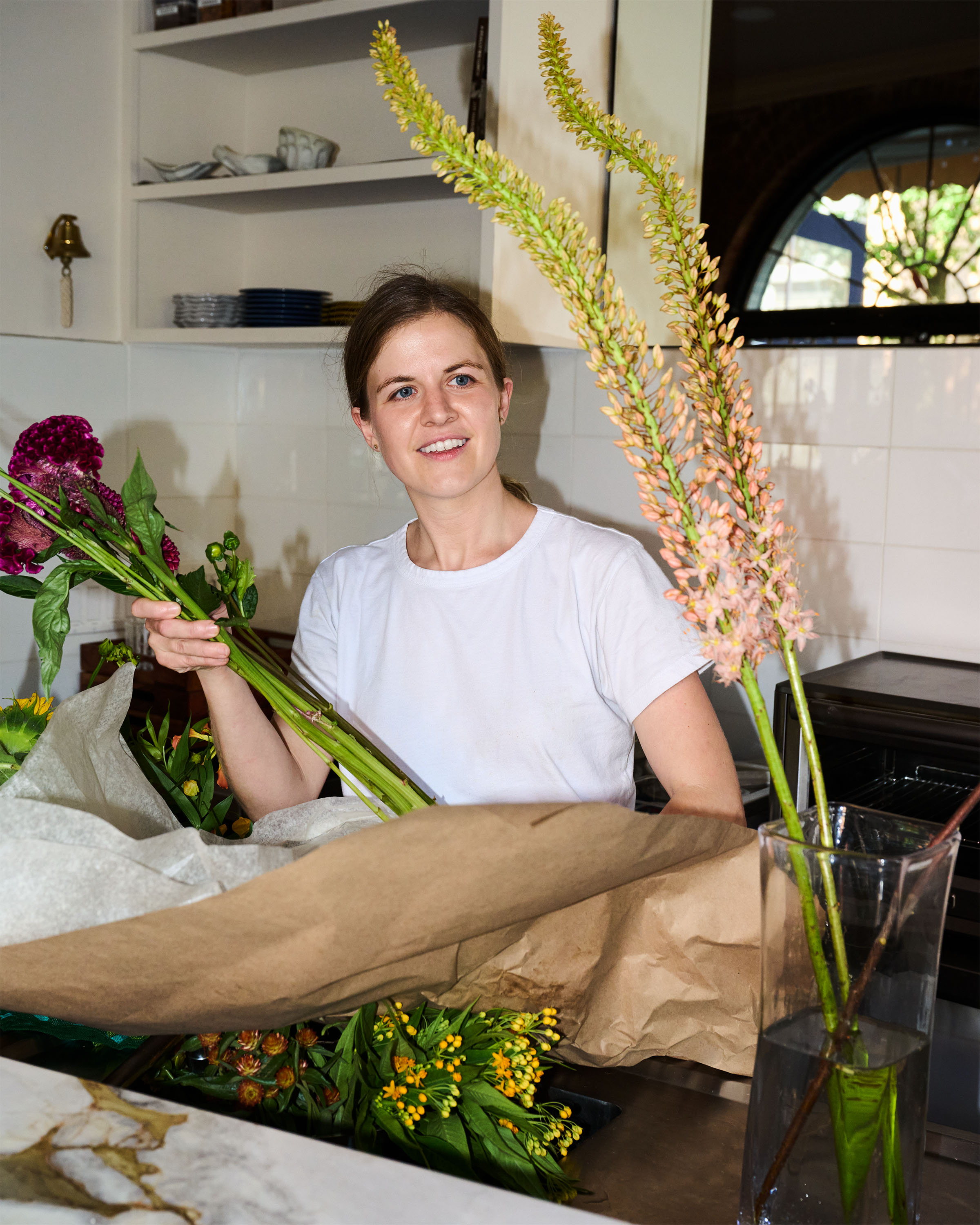
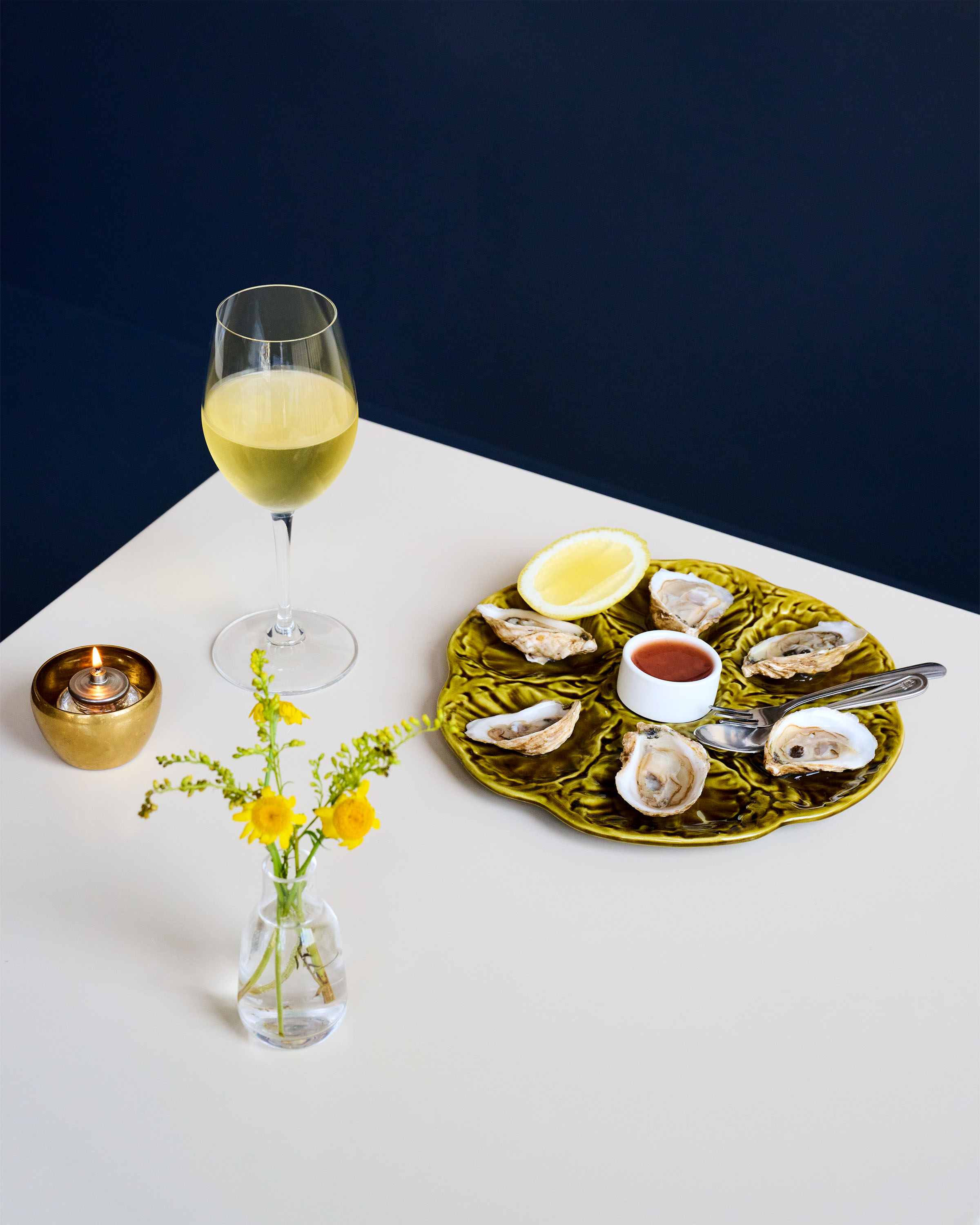
“When I was living on Long Island, I saw a lot of similarities between how you eat there and how you eat in Northern France.”
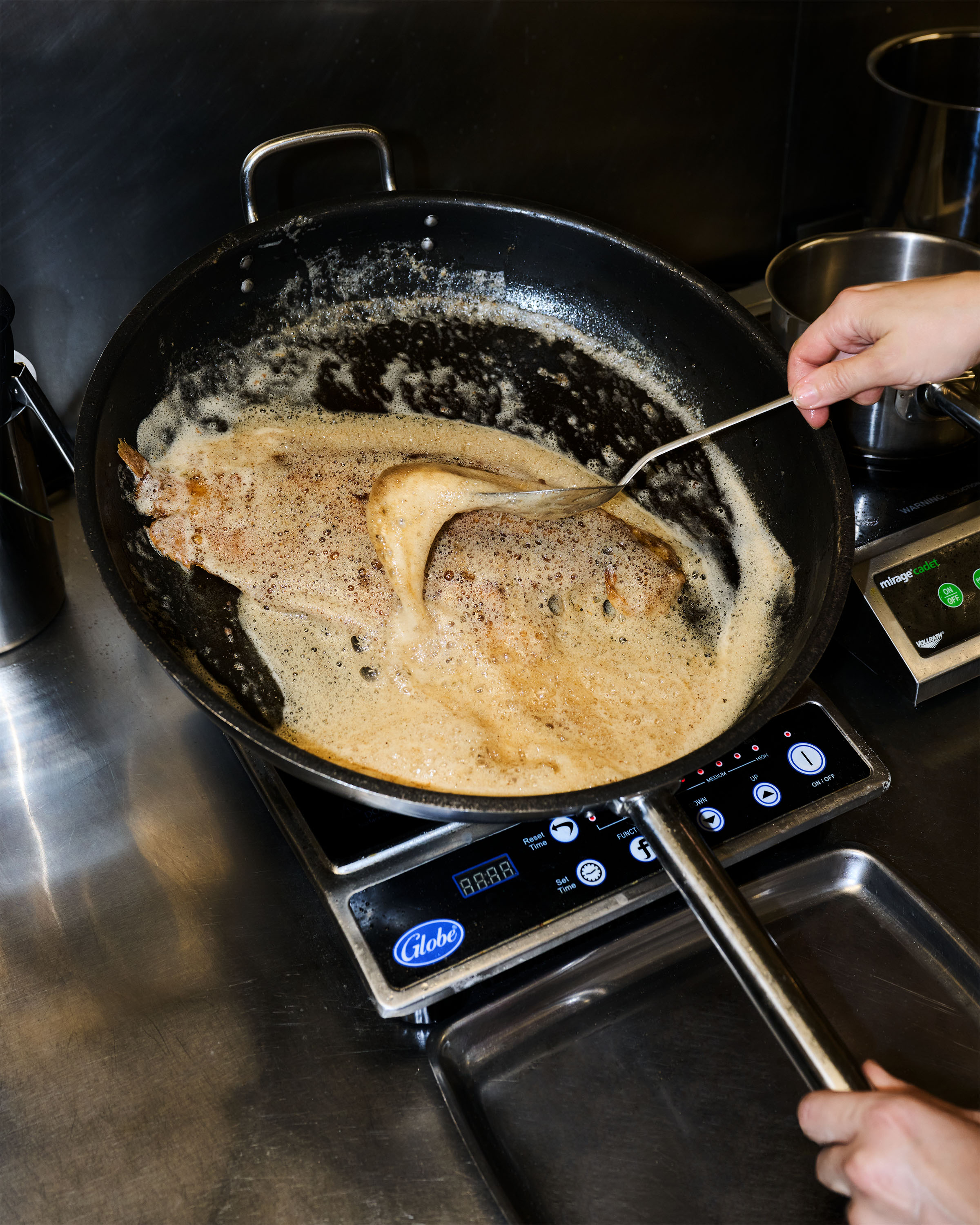
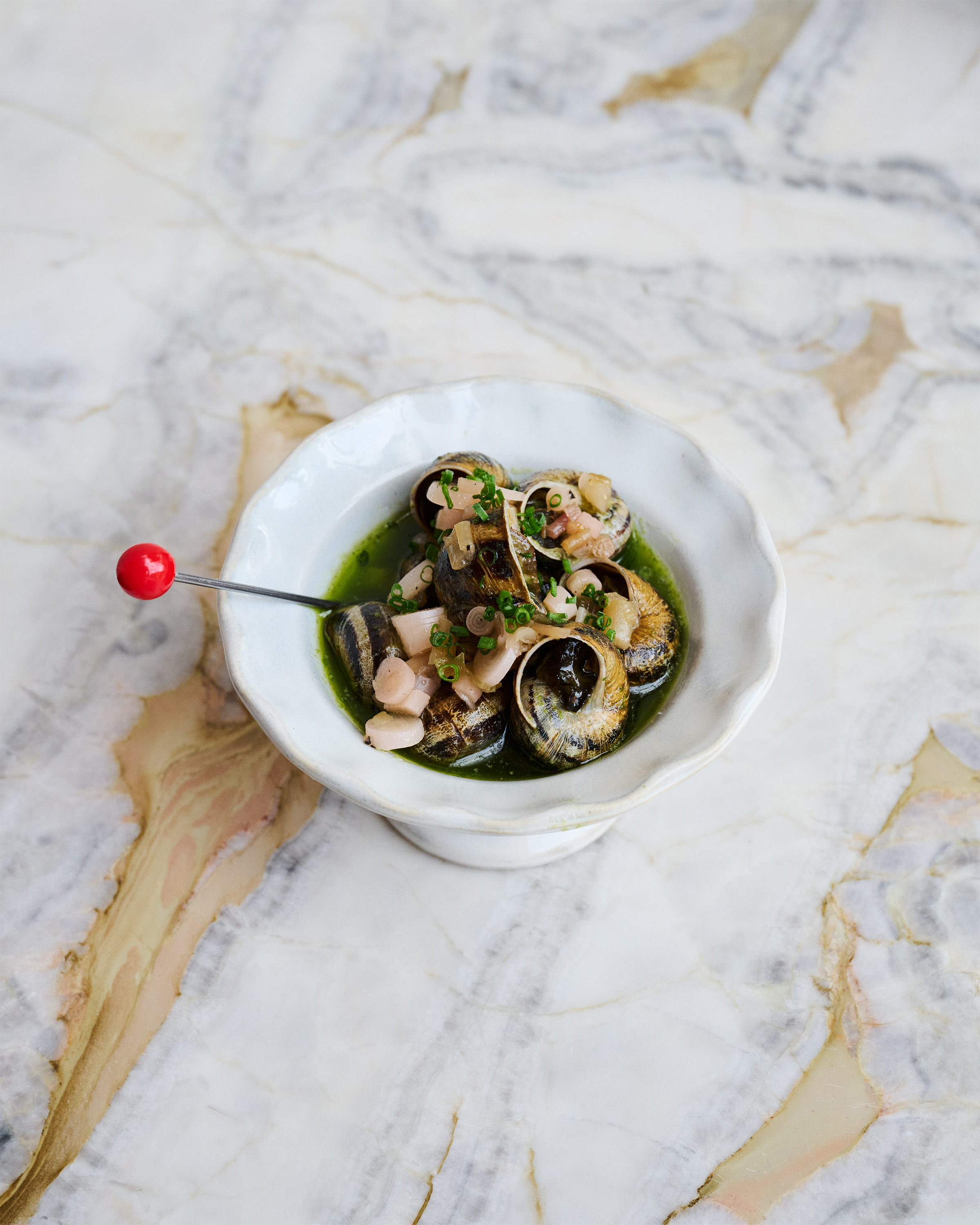
FIRST TIME FOR EVERYTHING
Faulkner admits that opening her first restaurant has been nothing short of humbling. “I am so pleased with how things are going, but it’s been hard. We started in such a scrappy way, and I still wear a lot of hats.”
She renovated the restaurant space herself, updating the dining room piece by piece until it felt like the perfect setting for her meals. The details are personal: sconces from a resale shop in London, a poster that once hung in her apartment, glassware she confesses she hoarded for years before she signed the restaurant lease. The restaurant looks like an elegant Parisian apartment, complete with avian prints Faulkner bought at Paris’s Saint-Ouen market.
Praise for Third Falcon came quickly, though Faulkner wasn’t expecting it. “We still haven’t been reviewed by any major publication, and that can be frustrating,” she says. “Then, suddenly, we’re on the Times list. Someone must have come at one point, right?” she asks me. I nod along.
What she’s doing, increasingly, is looking outward. She doesn’t get out much these days, but when she does, she takes note. A recent dinner at Borgo gave her chills: “The food was delicious. The hospitality was warm. It was professional without seeming practiced.” Cervos is another favorite. “It’s so cozy and simple.” But when she has a night off—though they’re infrequent, she prefers the comfort of Long Island Bar on Atlantic Avenue. “That’s just my favorite place to exist. You get a perfect martini, cheese curds, a salad, and the burger, and it’s just perfect.”
As I look down at my empty plate, Faulkner adds that she aspires to have a neighborhood spot that people come back to time and time again. Her restaurant is still young, she says, still “endearing in its scrappiness.” Amazed by the depth of flavor possible in blistered tomatoes, whipped butter, and homemade brioche, I can’t help but think that her success isn’t as surprising as she thinks. It’s all there—a room she built herself, flavors pulled from Normandy and Long Island, and a commitment to throw a little cinnamon on seafood.
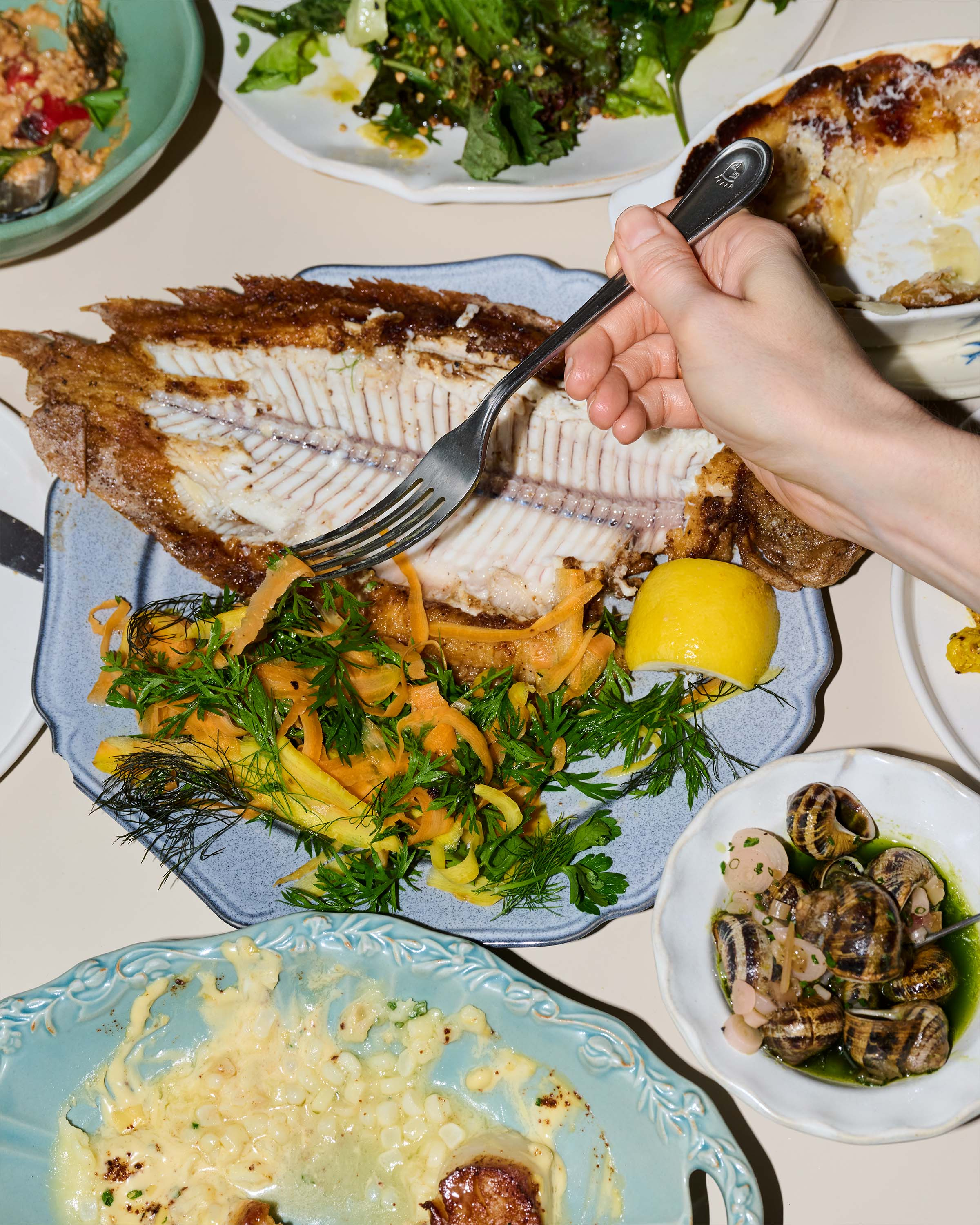
THIRD FALCON
360 Myrtle Ave
Brooklyn, NY 11205